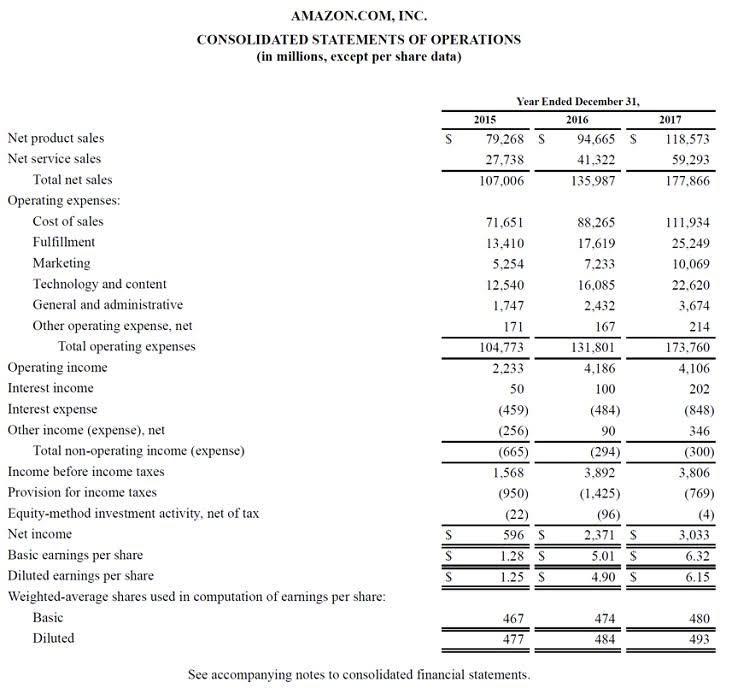Incremental Cost: Definition, Calculation, Examples

However, none of it will include the fixed costs since they will not change due to volume fluctuation. If no excess capacity is present, additional expenses to consider include investment in new fixed assets, overtime labor costs, and the opportunity cost of lost sales. Because the sunk costs are present regardless of any opportunity or related decision, they are not included in incremental analysis. Incremental costs are also used in the management decision to make or buy a product. Some custom products might not be readily available for the business to buy, so the business has to go through the process of custom ordering it or making it. An incremental cost is the difference in total costs as the result of a change in some activity.
Uses for Incremental Analysis
For example, the incremental cost of an employee’s termination includes the cost of additional benefits given to the person as a result of the termination, such as the cost of career counseling. Or, the incremental cost of shutting down a production line includes the costs to lay off employees, sell unnecessary equipment, and convert the facility to some other use. As a third example, the sale of a subsidiary includes the legal costs of the sale.
What is the meaning of variable cost?
The use of incremental analysis can help businesses identify the potential financial outcomes of one business action or opportunity compared to another. With that information, management can make better-informed decisions that can affect profitability. It also helps a firm decide whether to manufacture a good or purchase it elsewhere. Thus, we see that factors taken into consideration in this concept are those that change with production volume. The fixed costs are not considered over here because they remain the same. Examples of incremental cost include the cost of producing an additional unit of a product, the cost of expanding a business, and the cost of upgrading equipment.
Incremental Cost Examples
From the above information, we see that the incremental cost of manufacturing the additional 2,000 units (10,000 vs. 8,000) is $40,000 ($360,000 vs. $320,000). Therefore, for these 2,000 additional units, the incremental manufacturing cost per unit of product will be an average of $20 ($40,000 incremental costs definition divided by 2,000 units). The reason for the relatively small incremental cost per unit is due to the cost behavior of certain costs. For example, when the 2,000 additional units are manufactured most fixed costs will not change in total although a few fixed costs could increase.

These costs may include but are not limited to the purchase, transportation, installation, and maintenance of the equipment. It is important for businesses to carefully calculate these costs before investing in new equipment to ensure that it is a viable financial decision. It can be of interest to determine the incremental change in cost in a number of situations.

Why is Incremental Cost important for businesses?
- Fixed costs, such as rent and overhead, are excluded from incremental cost analysis since they normally do not vary with output quantities.
- It covers important and significant costs that have a long-term impact on manufacturing costs and product pricing.
- The incremental cost is the cost involved to make an additional unit of product.
- Since incremental costs are the costs of manufacturing one more unit, the costs would not be incurred if production didn’t increase.
- To calculate incremental cost, companies compare the cost of producing the first unit with the cost of producing the additional unit.
Imagine you own a smartphone manufacturing company that expects to sell 20,000 devices. Each smartphone costs you $100 to produce, and your selling price each smartphone is $300. When making short-term decisions or how is sales tax calculated selecting between two possibilities, such as whether to accept a special order, incremental costs are important.

- As the name suggests, both are meant to calculate the cost and revenue for extra or addition production of goods and services.
- However, none of it will include the fixed costs since they will not change due to volume fluctuation.
- Or, the incremental cost of shutting down a production line includes the costs to lay off employees, sell unnecessary equipment, and convert the facility to some other use.
- Therefore, the cost to produce the special order is $200 per item ($125 + $50 + $25).
- The fixed cost will be reduced in comparison to the cost of each unit made, enhancing your profit margin for that product.
- This allocation can even change in the future course of business of ABC Ltd. when supposedly, if it chooses to drop product ‘X,’ then product ‘Y’ or any other product might become the primary user of the cost.
- Often times new products can use the same assembly lines and raw materials as currently produced products.
You calculate your incremental revenue by multiplying the number of smartphone units by the selling price per smartphone unit. As a result, the total incremental cost to produce the additional 2,000 units is $30,000 or ($330,000 – $300,000). Incremental cost is the additional cost incurred when a business makes a particular decision, while sunk cost is the cost that has already been incurred and cannot be recovered. To calculate the incremental cost, you must first determine the total cost of the two different options or choices.
When evaluating a business segment’s profitability, only relevant incremental costs that can be directly linked to the business segment are examined. Incremental cost, also referred to as marginal cost, is the total change a company experiences within its balance sheet or income statement due to the production and sale of an additional unit of product. It’s calculated by analyzing the additional expenses incurred based on the addition of the unit. Incremental costs may be classified as relevant costs in managerial accounting.
